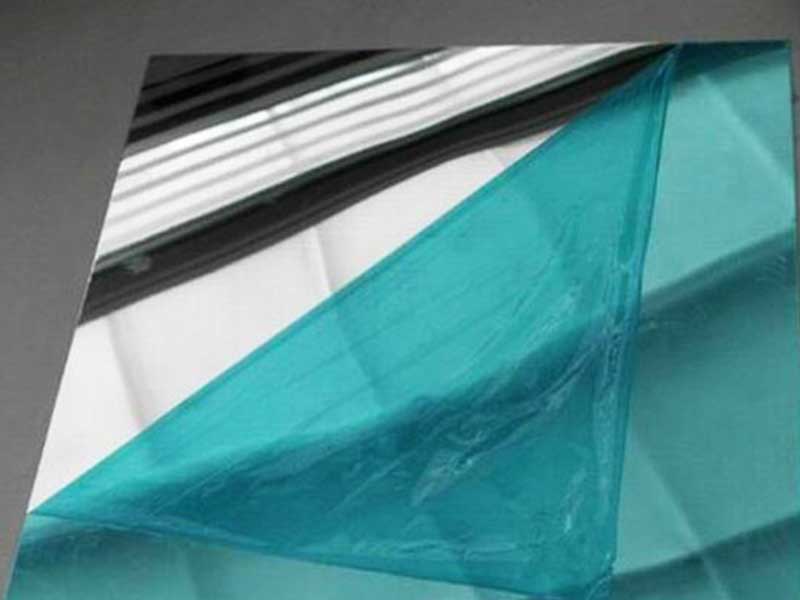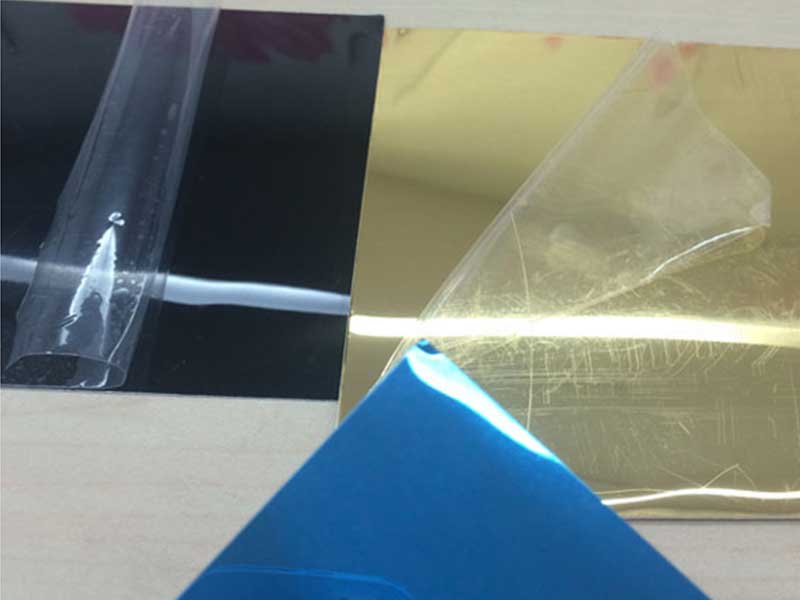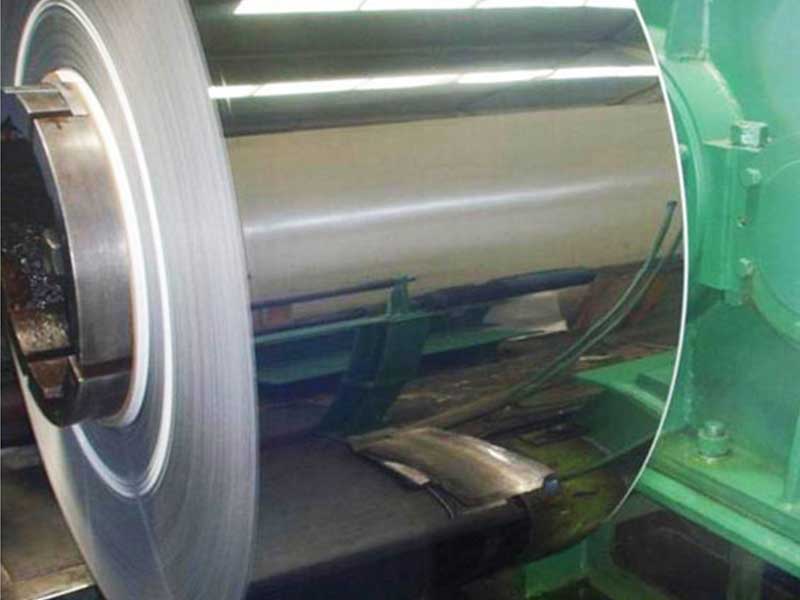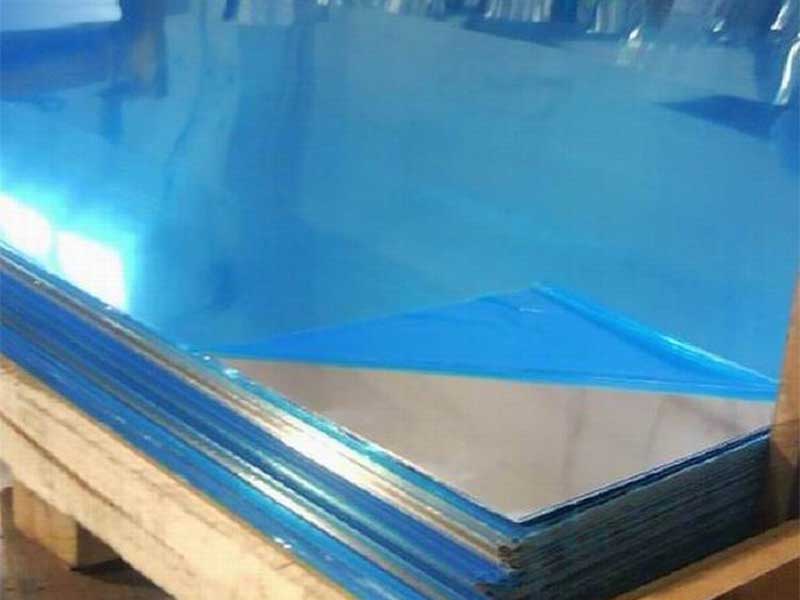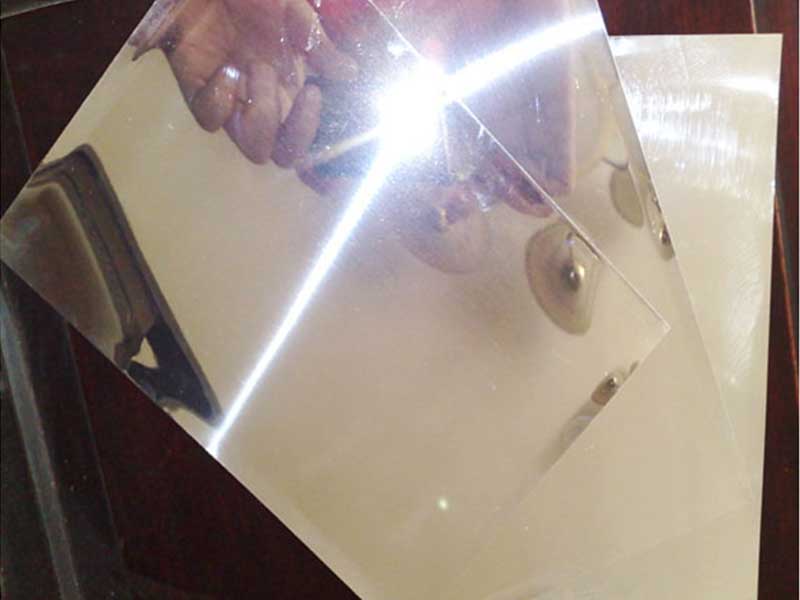1050 1060 1070 Aluminum Mirror Reflector
1050, 1060, 1070 Aluminum Mirror Reflector: A Glimpse into Reflective Innovation
In the realm of materials, aluminum often oscillates between lightweight utility and sheer excellence, proving itself an invaluable asset across various applications. Among these applications are aluminum mirror reflectors of alloys 1050, 1060, and 1070, whose distinct properties are shaping industries in ways that might not be immediately apparent to the everyday observer.
Working with 1050, 1060, and 1070 aluminum for mirror reflectors presents a unique set of challenges and rewards. The slight differences in their compositions – primarily the varying amounts of manganese – affect the final surface finish and reflectivity. 1050, being the purest, often provides the highest reflectivity but can be slightly softer and more prone to scratching during the polishing process. 1060 offers a good balance between reflectivity and workability, making it a popular choice for many applications. 1070, with slightly higher manganese, tends to be a bit stronger, which is beneficial for larger or more demanding reflector designs but might require slightly more meticulous polishing to achieve a perfect mirror finish. We constantly fine-tune our processes to optimize each alloy for its intended use, considering factors like the desired reflectivity, the application's environmental conditions, and the required durability.
Personally, I find the precision required in creating these mirror reflectors incredibly satisfying. The process, from initial sheet preparation and surface treatment to the final polishing and quality control checks, demands meticulous attention to detail. A tiny imperfection, a microscopic scratch, can significantly impact the reflectivity and thus the performance of the finished product. It's a constant learning process, constantly refining our techniques and the subtle nuances of each alloy to produce the highest quality mirror reflectors. The end result – seeing the flawless, highly reflective surface – is always a testament to the
Reflectivity: The Core of Performance
At the heart of any serious discussion about mirror reflectors lies the concept of reflectivity. What many may not realize is that the purity of aluminum alloys plays an essential role. 1050 aluminum, with a 99.5% minimum aluminum content, is widely regarded for its remarkable ability to reflect light—up to 90%. Its composition allows it to achieve a high level of durability while keeping weight to a minimum, striking a prime balance that makes it ideal for various applications, including lighting systems and decorative features.
On the other end of the scale, we encounter the 1060 and 1070 alloys, which boast an aluminum content of 99.6% and 99.7%, respectively. The incremental increase in purity parallels a rise in reflectivity and electrical conduction. When light projects onto mirrors made of these alloys, the consequent reflection closely mimics the power of polished silver—characteristics pivotal in fields ranging from solar energy capturing to artistic installations.
Strength and Sustainability
A unique feature of aluminum is not just its lightweight nature but also its inherent strength. The 1050, 1060, and 1070 alloys harness this strength to endure operational demands. Picture high-efficiency LED lighting systems where weight restrictions compound structural concerns. Here, 1060 aluminum can support significant performance without added burden—an advantage in both safety and system longevity.
Moreover, sustainability remains a crucial discussion point across industries today. Aluminum can be recycled endlessly without compromising quality, making the 1050, 1060, and 1070 mirror reflectors not just practical, but also eco-friendly. By selecting these alloys in reflectors, businesses commit to reducing their carbon footprints, concurrently embracing the path of sustainability while enjoying effective, reflective benefits.
Versatile Applications
The beauty of having multiple aluminum alloys at one’s disposal lies in the versatility of their applications. 1050 is often tennis-ball-pedalled, especially in household product design, largely attributed to its lightweight property coupled with creative finishes. Think about shimmery kitchen backsplashes or lighting fixtures that dazzle in both aesthetics and functionality.
In professional and industrial settings, 1060 and 1070 serve as workhorses. Solar reflectors used in power generation prominently showcase these alloys, routing sunlight effectively to augment energy production. Similarly, reflective components in high-end stage lighting systems utilize the enhanced specifications of 1070 to ensure brilliance, illuminating performances while amplifying artistry and engaging spectator senses.
A Future of Reflected Potential
As technology progresses and the demand for energy efficiency grows, the fascination with aluminum alloys 1050, 1060, and 1070 only burgeons. Optical advancements—such as coatings that further enhance reflectivity or new thermally conducive abilities—are carving fresh pathways for these materials. Therefore, as stylists and engineers converge concepts, the fate of these aluminum solutions hints at an expansive future worth .
Closing Thoughts
When viewed through a lens of innovation and practicality, the impact of 1050, 1060, and 1070 aluminum mirror reflectors extends past mere reflective surfaces. Each alloy, while differentiated by purity and performance, contributes significantly to sectors transcending visual brilliance, flaunting strength, versatility, and sustainability. As consumers and industries alike harness this reflective power, it stands evident that the mirrors we use interpret more than just light—they encapsulate efficiency and sustainability amid a reflective future.
https://www.al-alloy.com/a/1050-1060-1070-aluminum-mirror-reflector.html


